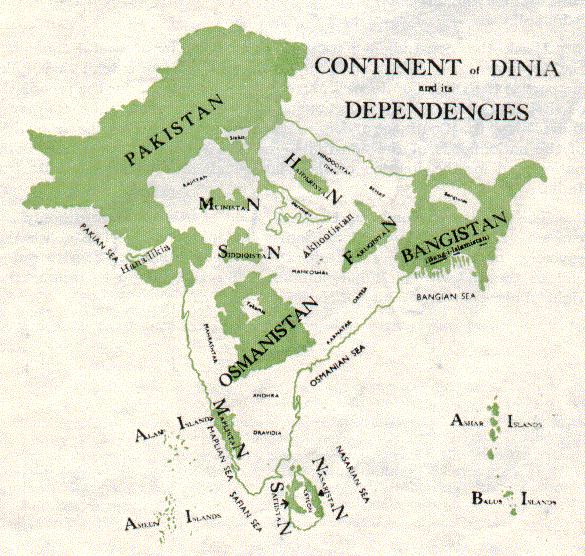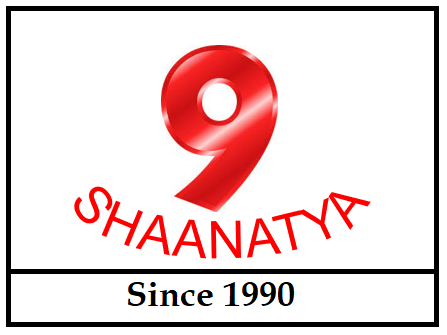
That task of creating different nation for muslims by partition of United India fell to Choudhary Rahmat Ali,
a young Muslim student studying at Cambridge in England, who best captured the poet-politician’s yearnings
in the single word Pakistan.
In a 1933 pamphlet, Now or Never, Rahmat Ali and three Cambridge colleagues coined the name as an
acronym for Punjab, Afghania (North-West Frontier Province), Kashmir, and Indus-Sind,
combined with the -stan suffix from Baluchistan (Balochistan).Later “Indus-Sind” was used as
“Sind” only. It was later pointed out that, when translated from Urdu, Pakistan could also mean “Land of the Pure.”
Lets see how the history had gone :
The “Pakistan Declaration” (titled Now or Never; Are We to Live or Perish Forever?) was a pamphlet written and published by Choudhry Rahmat Ali on 28 January 1933,
in which the word Pakstan (without the letter “i”) was used for the first time and was circulated to the delegates of the Third Round Table Conference in 1932.
Covering letter :
The pamphlet was created for circulation to the British and Indian delegates to the
Third Round Table Conference in London in 1933.It was addressed with a covering letter
dated 28 January 1933 signed by Ali alone, and addressed from 3 Humberstone Road.
It stated as :
“I am enclosing herewith an appeal on behalf of the thirty million Muslims of PAKSTAN, who live in the five Northern Units of India—Punjab, North-West Frontier (Afghan) Province, Kashmir, Sind, and Baluchistan.
It embodies their demand for the recognition of their national status, as distinct from the other inhabitants of India, by the grant to Pakstan of a separate Federal Constitution on religious, social and historical grounds.”
So, technically Pakistan is an acronym for :
Punjab,
North-West Frontier (Afghan) Province/region,
Kashmir,
Sind,
and Baluchistan.
The pamphlet “Now or Never; Are We to Live or Perish Forever?” started with this famous sentence:
“At this solemn hour in the history of India, when British and Indian statesmen are laying the foundations of a Federal Constitution for that land, we address this appeal to you, in the name of our common heritage, on behalf of our thirty million Muslim brethren who live in PAKSTAN—
by which we mean the five Northern units of India, Viz: Punjab, North-West Frontier Province (Afghan Province),
Kashmir, Sindh and Baluchistan.”
The pamphlet asked that “the five Northern units of India”—Punjab, North-West Frontier Province (Afghan Province),
Kashmir, Sindh (then part of Bombay and Sind) and Baluchistan (or Pakstan) become a state independent of
the proposed Indian Federation.
Ali’s pamphlet had a clear and succinct description of the Muslims of his proposed ‘Pakstan’ as a ‘nation’,
which was derived from the two-nation theory of Muslim reformer Syed Ahmed Khan.
Even today, there is great antagonism towards the mohojir (indian muslim refugees) living in Pakistan due
to their different culture, linguistic and political affiliations. Many Pakistanis’ also believe that they have more in common with the Non-Muslim refugees who fled Pakistan than with the mohajir refugees who came there.
In short , non acceptance of the mohojir(indian muslim refugees) living in Pakistan.
Irony is that , the etymological origins of the suffix ‘Stan’ is derived from the Sanskrit word ‘Sthan’ for ‘place or land’. Sanskrit language is the mother of all Indo-europian languages. Even English words like ‘mother (matra), ‘father (pitra), brother(bhratra) , path (path), mouse (mushak), etc.
are derived from this ancient language. ‘Stan’ word occurring in Uzbekistan, Turmenistan, Kazhakistan,
etc. testify the fact that the peoples of these lands owe their ethnic origin from a single stock.
Moreover “Stan” means place from long time ago. Thialand’s old name was Siam and when name was changed to Thai later , people of Siam had two choices – Thaistan or Thailand.
Thaistan is origin from Sanskrit whereas Thailand is roman.
People voted for Thaistan but the Prime Minister choose Thailand. Siam, as Thailand was officially called until 1939, was never brought under European colonial domination. Independent Siam was ruled by an absolute
monarchy until a revolution there in 1932.

